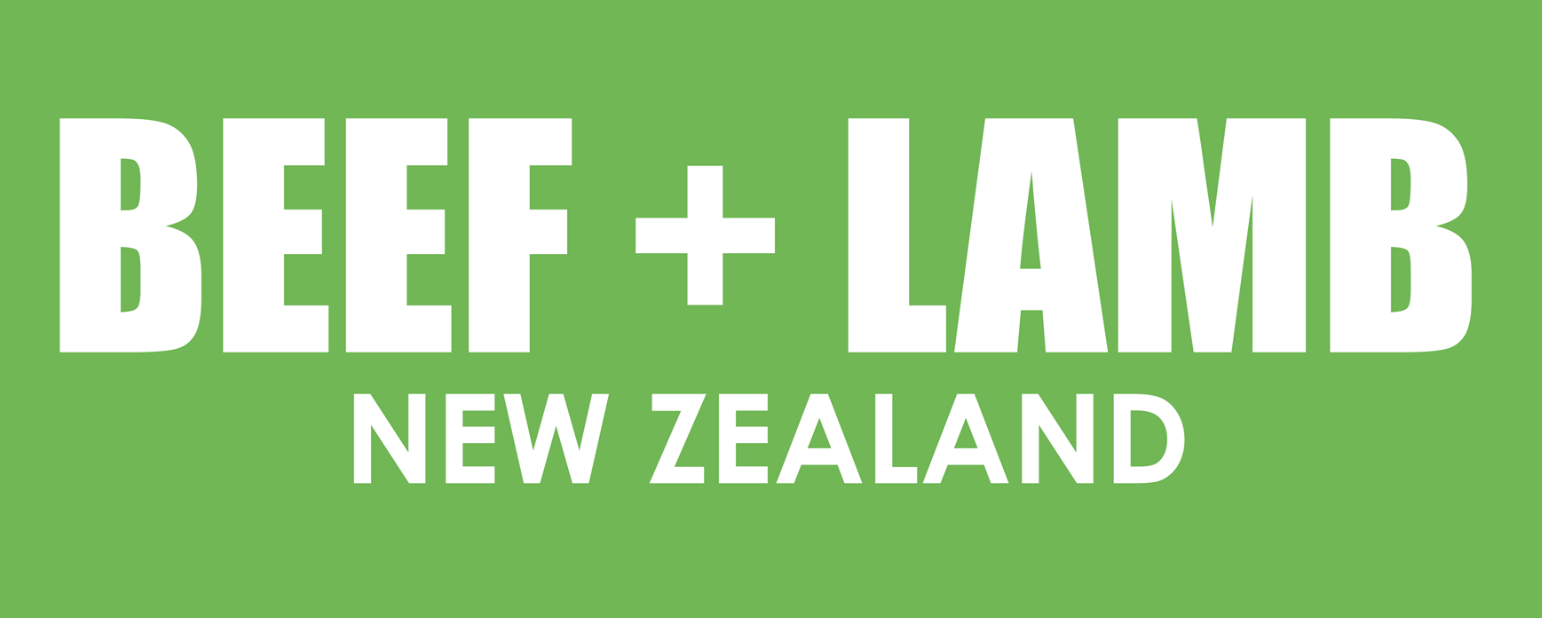Harira
Lamb. Soup. North African flavours. I. Am. So. Here. For. These. A soupy-stew with a lot going for it, we’re in love with the lamby, lentil-y, aromatic, nourishing goodness that is harira. Wiki suggests it can be eaten as a ‘light snack’ but this flour-thickened version is a fill-you-up meal in a bowl; just hurl bread to the side, with maybe some halved boiled eggs sprinkled with cumin and salt, plus the suggested fresh dates, and you’ll be nicely stuffed. Cut lemon for squeezing in some bracing, acidic juice is non-negotiable and I like some fresh coriander too for a herby lift.
Associated with Morocco and Algeria, harira is super-popular during the month of Ramadan when everyone breaks their fast at sunset, tucking into a ‘breakfast’ of the soup, along with dates, dried figs, eggs and other tidbits. Paula Wolfert points out in her fabulous book The Food of Morocco (Ecco, 2011), that there are so many versions – some light, others hefty – because Ramadan cycles though a different month each year (based on the lunar calendar not the Gregorian one), falling variously during stifling weather, chillier weather and everything in between. As well as variations that reflect seasonality, there are regional and cultural adaptations too; Moroccan Jews thicken theirs with beef marrow, for example. Some versions use chicken or beef, others feature summer greens, or are thickened using beaten egg. The spicing can vary as well; there seems to be no hard and fasts here. The one constant is the silky-smooth texture; harira in Arabic comes from the word ‘harir’, which means ‘velvet’. A lovely lushness is always a particular feature.
You can soak 100g dried chickpeas overnight, then cook them in plenty of water until they’re tender instead of using canned; they'll take about an hour, give or take. Conversely, use canned lentils if you can’t be arsed cooking your own; it doesn’t matter. Some are a bit mushy though; we find the Annalisa brand to be reliably non-squishy. Traditionally the lamb is meant to be cut as small as the chickpeas but we can’t promise we did this (we’re pretty sure we did not).
SERVES 6
1kg boneless lamb shoulder, excess fat removed
60ml (¼ cup) olive oil, approximately
2 stalks celery, very finely chopped
1 large onion, very finely chopped
2 carrots, very finely chopped
1½ tsp each sweet paprika, ground ginger and ground cumin
1 tsp each ground cinnamon and turmeric
2 tbsp tomato paste
150g (⅔ cup) brown lentils
1.75ml (7 cups) chicken stock, preferably homemade
250ml (1 cup) tomato passata
50g (⅓ cup) plain flour
juice of 1 lemon
400g can chickpeas, rinsed and drained
60g broken dried vermicelli*
Chopped coriander, lemon wedges, dates, to serve
Cut the lamb into 4cm pieces. Heat 1 tbsp of the olive oil over high heat in a large frying pan, add half the lamb, then cook, turning often, for 5-6 minutes, until it’s nicely browned all over. Repeat with the remaining lamb, adding a little more oil if necessary. Meanwhile, heat the remaining olive oil in a very large saucepan over medium heat. Add the chopped vegetables, then cook, stirring often, for 8 minutes or until tender. Add the spices and tomato paste, then cook, stirring, for 2 minutes or until fragrant. Add the lamb with any standing juices and the stock. Bring the mixture to a simmer, then reduce the heat to medium-low and cook for 1 hour 20 minutes or until the lamb is very tender.
While the lamb cooks, combine the lentils with enough cold water to generously cover in a small saucepan. Bring to a simmer, then cook over medium heat for 20 minutes or until just tender. Drain and set aside.
Combine the passata, lemon juice and 125ml (½ cup) water in a bowl. Add the flour and whisk until smooth. Whisking constantly, add the flour mixture to the soup in the pan, then, stirring constantly to prevent lumps forming, bring to a simmer. Cook, stirring, for 10 minutes to allow the flour to cook out. Add the lentils, chickpeas and vermicelli, then cook for 5 minutes or until the vermicelli is tender. Season the soup with salt and pepper, then divide among large bowls. Serve with chopped coriander, with lemon wedges for squeezing and dates passed separately.
* There wasn’t a neat conversion for this but because I'm feeling helpful, it measures somewhere between 3/4 cup and 1 cup. It doesn’t have to be 100% accurate in anycase; 10g here or there won’t make much difference.
Proudly partnering with Beef + Lamb New Zealand. Click to meet the newly announced 2024 /2025 Beef + Lamb Ambassador Chefs
Mrinal Ghosal - Mudbrick Restaurant, Waiheke Island






